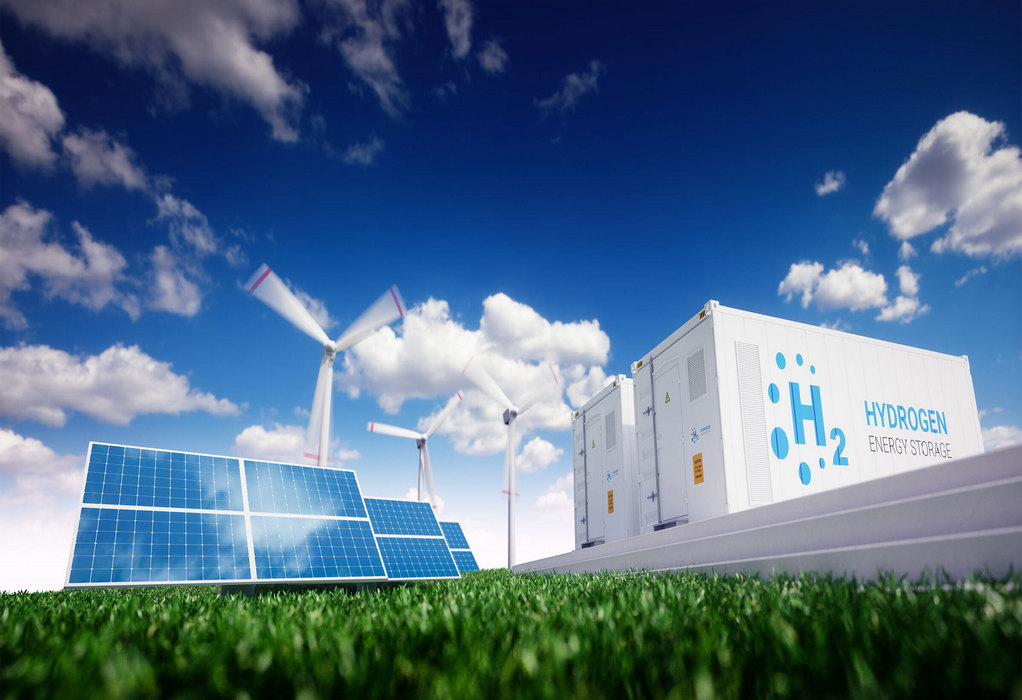Fortescue Future Industries is moving ahead on plans to deliver Australia’s first commercial-scale renewable ammonia plant via a “world-first” conversion of an existing Queensland production facility to run on green hydrogen.
FFI and Incitec Pivot Limited (IPL) said on Friday they would progress planning for the conversion of the Gibson Island ammonia facility, in Brisbane, which also promises to deliver one of the world’s largest renewable hydrogen electrolysers, at 500MW and capable of producing up to 70,000 tonnes a year.
FFI and Incitec Pivot say planning for the conversion of the ammonia plant will move to its final stages, making a start on front end engineering design while also preparing the groundwork for a final investment decision (FID).
FFI CEO Mark Hutchinson says front end engineering design (FEED) will firm up technical specifications and cost, underpin procurement, and prepare the project for FID, which is targeted for 2023.
Applications for planning approval for the project will also be submitted soon and Hutchinson says that – all going to plan – first production of the electrolyser could be expected by around 2025.
To kick off the crucial $38 million FEED process, the federal government’s Australian Renewable Energy Agency has kicked in grant funding of $13.7 million, also announced on Friday.
ARENA says the process will examine the development of the electrolyser and potential integration into the ammonia plant. The Agency says the entire process will need about 1GW of renewable energy contracts and that also forms part of the FEED study.
In a LinkedIn post on Friday, FFI’s director of East Australia and NZ Aotearoa, Felicity UnderhilI, welcomed the news that the project was moving ahead with the support of ARENA.
Ammonia is vital for fertiliser production and is used in explosives to mine several materials, including Australia’s rare metals, demand for which is soaring in line with demand for energy storage and electric vehicles.
Plans to convert the Gibson Island ammonia facility to use hydrogen produced from renewable energy sources rather than fossil gas, as is currently the case, were first flagged in December of last year, after a study found the conversion technically feasible.
The prospect of retrofitting the facility with an onsite green hydrogen supply offered a lifeline to the ammonia plant, with IPL just a month earlier announcing plans to cease manufacturing operations at Gibson Island, due to the unsustainable high cost of fossil gas.
As of the news this week, Gibson Island facility will cease traditional fertiliser manufacturing early in the new year, in line with IPL’s decarbonisation strategy and FFI’s goals to help heavy industry decarbonise.
This green ammonia can then be exported to international markets as well as used in fertiliser or to help decarbonise local industry through its potential use as a low-carbon fuel source for ports, airports and heavy transport.
Federal climate and energy minister Chris Bowen says the Brisbane project promises to make Australia a world leader in renewable hydrogen production, and provide valuable insights into the cost of production.
Around 100 jobs will be supported across the project in the lead up to a final investment decision, with first production expected around 2025.
Tags: Australia, FFI, Hydrogen, IPL, Renewable Ammonia



Recent Posts
FIMI and Deloitte Release Report on Cleaner Vehicle Adoption in Indian Mining Sector
NTPC Deploys Hydrogen Fuel Cell Buses in Leh, Marks India’s First Commercial Hydrogen Mobility Project
Provaris and K LINE Sign MOU to Advance Hydrogen Shipping Solutions
Mumbai Set to Launch Electric Hydrofoil Ferry Network with Candela P-12 Vessels
AVTL to Build Independent Ammonia Terminal at Pipavav Port
DNV Grants Approval in Principle for New Ammonia Bunkering Vessel Design
Proteus Launches Modular Hydrogen Fuel Cell System for Maritime Sector
Van Oord Unveils Boreas, World’s Largest and Most Sustainable Offshore Wind Installation Vessel